Birding Serbia in the 2020
10,000 Birds
DECEMBER 31, 2020
As the year is closing, I am looking back to realise, despite it being such an awful year, it’s far from the worst I had, it doesn’t even come close (it’s the mileage that’s killing me, I guess). The post Birding Serbia in the 2020 appeared first on 10,000 Birds. I wish you all a happy, healthy and bird-rich new 2021.

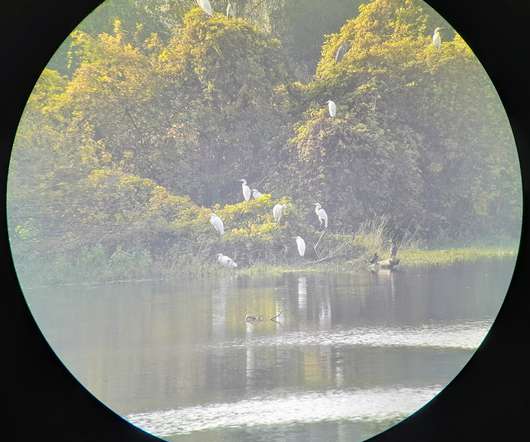

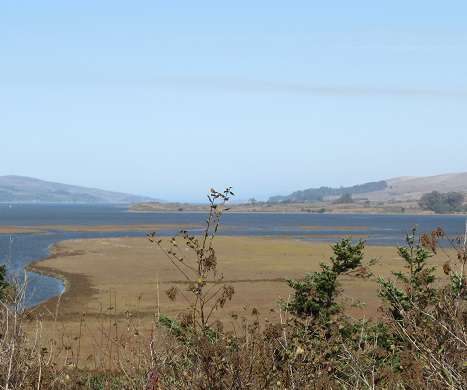
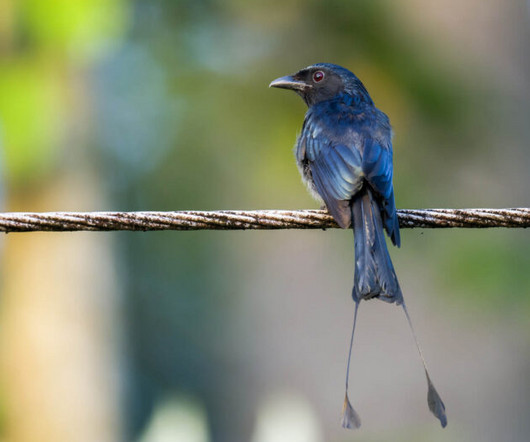
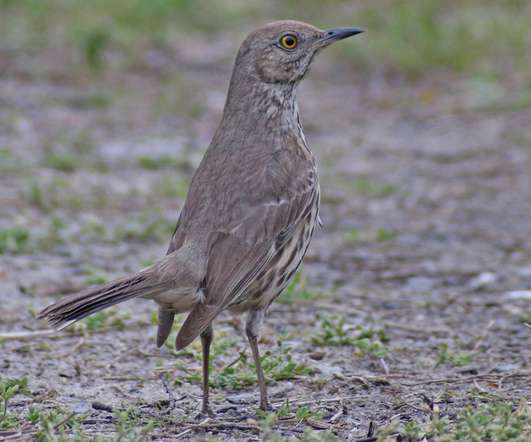

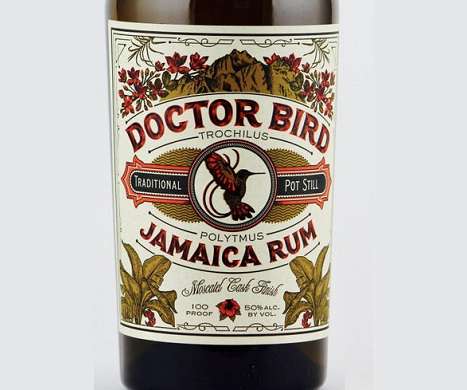

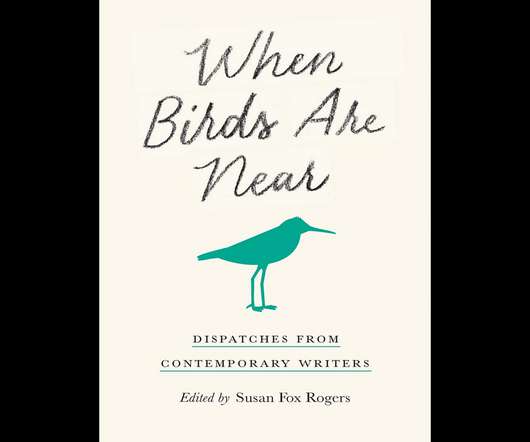





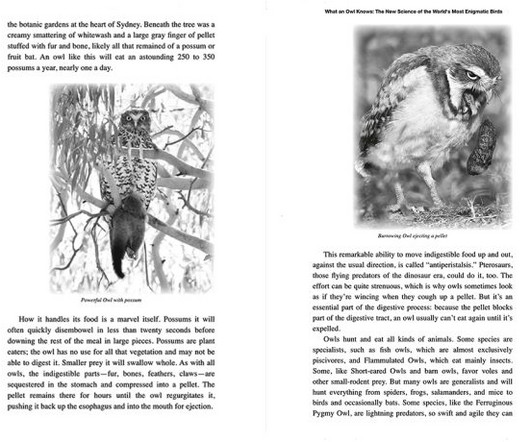

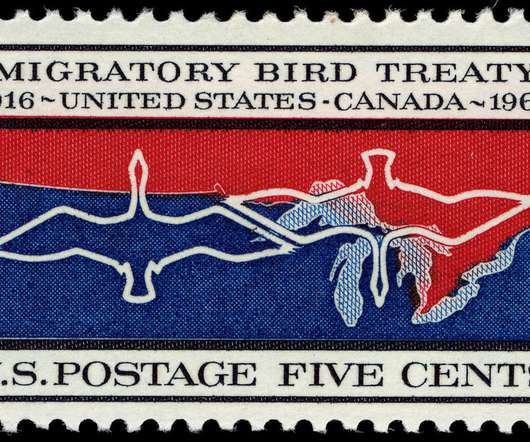
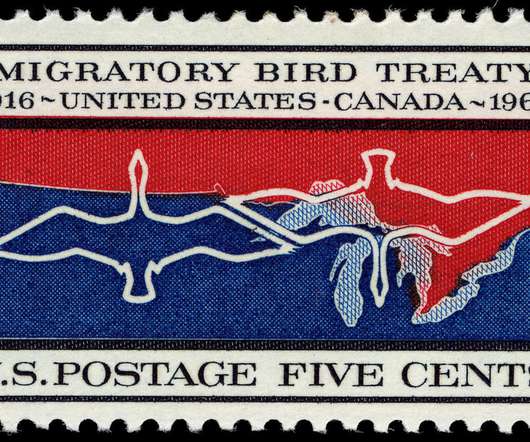






Let's personalize your content